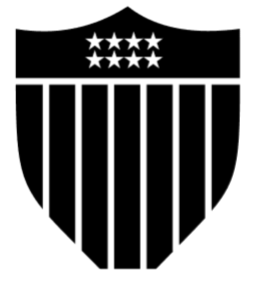Guide to customs clearance
What is customs clearance?
Customs clearance is a compulsory process for any goods entering or leaving a country. It requires the submission of various export and import documentation, as well as the payment of duties, VAT and any additional costs such as storage and testing by customs agents.
Citizens should pay import duties to the customs according to law based on different customs policies of various countries and regions.
Please note that the tax is not collected by BT-Miners but by local customs.
How long does customs clearance take?
Customs clearance is typically completed in minutes or hours, but it can extend to days or weeks if there are missing documentation or if the goods needs to be inspected. In such cases the goods will be held until the necessary documentation has been provided or customs agents have completed their checks.
How are customs charges calculated?
Customs charges are determined by the following:
Duty – This is a tax levied by a country on all imported goods. It is charged as a percentage of a product’s value, as determined by its commodity code and associated duty rating. Commodity codes can be found on your government’s Trade Tariff website.
VAT – This is generally charged on the amount paid for the goods, the shipping costs and the duty. Combined, this is known as the ‘taxable import’. The rate of VAT differs by country.
Additional costs – Customs charges also include any costs accrued as a result of goods being held by customs. Importers can be charged for any tests or X-Rays conducted to check whether a product is safe to enter the country and/or complies with trading or quality standards. They may also need to pay for storage should goods be held for longer than the allotted free-time period.
Anti-dumping duty – Certain products may be subject to anti-dumping duty. This duty is imposed by countries when they wish to protect the domestic manufacture of the product and in turn deter the import of it at a lower cost than the supplier’s native market rate. Importers can find out if their goods carry anti-dumping duty (and how much) through the Trade Tariff website.
How do you pay customs charges?
Most importers and exporters will have a freight forwarder or customs broker that pays customs charges on their behalf, saving them the trouble of paying it themselves. If the importer manages their own shipments, they’ll typically be sent an invoice detailing the charges once the goods arrive in the country. These will need to be paid before the goods are released for onward transport.
In certain circumstances, the importer won’t be liable for the payment of import charges. It will depend which incoterms (International Commercial Terms) has been agreed between the importer and supplier (exporter).
What documentation is required for customs clearance?
The amount of documentation required for customs clearance will vary by country, but the following documents are required in the majority of countries:
Export Documentation
Purchase order from the buyer
Sales invoice
Packing list
Bill of lading or air waybill
Certificate of origin
Any other documentation as required by the buyer, or as outlined in a letter of credit from a financial institution
Import Documentation
Purchase order
Sales invoice from supplier
Bill of lading or air waybill
Packing list
Certificate of origin
All other documentation as required by the buyer or the terms of a letter of credit


